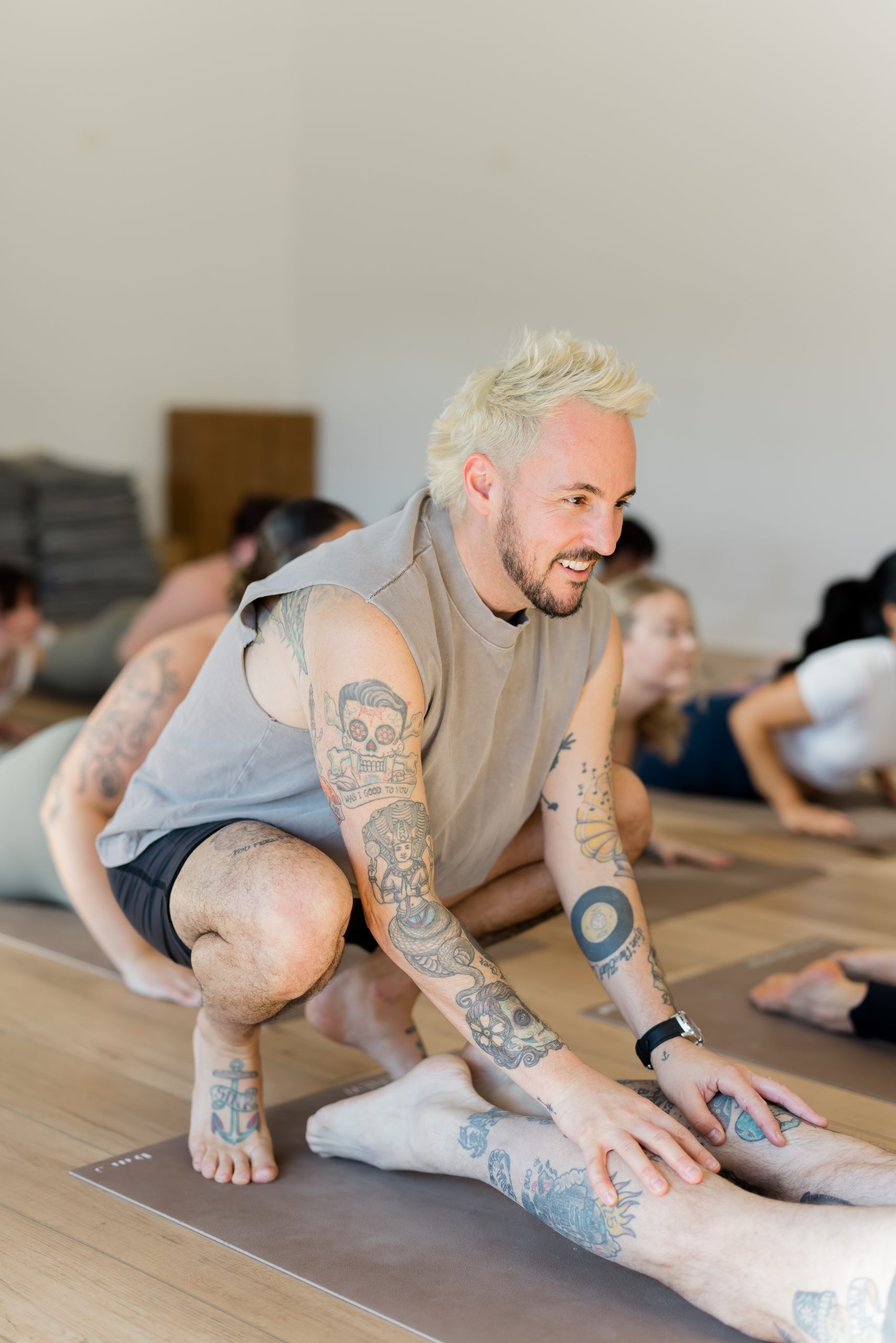
""I didn't realize how much I missed that." It was a simple directional assist in Downward Dog-nothing dramatic. But for them, it was the difference between hearing the cue and it. And it hit me: plenty of students still want this. They've noticed the shift away from adjustments, and for some, it feels like a piece of the practice is missing."
"Too many teachers crossed boundaries. Some out of ignorance, some out of ego, and some out of flat-out abuse of power. The damage was real. It broke trust between students and teachers. Trauma-informed teaching reshaped the way we think about touch. What feels supportive to one student can feel unsafe or triggering to another. Then COVID hit, and we literally couldn't touch anyone. For nearly two years, the "no adjustment" rule wasn't a choice-it was a necessity."
"So now, many teachers don't adjust at all. And I'll be honest: I get a little worried when I think about that. Because after 18 years of teaching, I've seen firsthand how powerful a well-timed, respectful adjustment can be. And I've also heard plenty of students tell me they . Students who found clarity, connection, and support through touch have noticed the shift away from adjustments-and they feel something valuable has been lost."
Hands-on adjustments in yoga have diminished significantly due to boundary violations, trauma-informed teaching, and pandemic-related restrictions. Many students report that respectful, well-timed touch provides clarity, alignment, and a felt connection they now miss. Different yoga traditions treat adjustments differently: Iyengar emphasizes precise technical touch for alignment, Ashtanga uses forceful deepening, and Vinyasa varies. The loss of adjustments has left some teachers reluctant to touch, even when a safe, consensual adjustment could help. Rebuilding trust, obtaining informed consent, and applying trauma-informed, respectful techniques can restore beneficial touch without repeating past abuses.
Read at YogaRenew
Unable to calculate read time
Collection
[
|
...
]